Determination of Veterinary Residues in Food
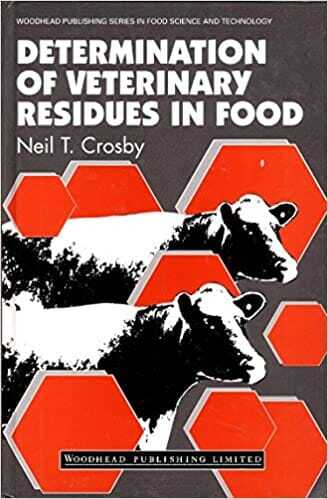
By N T Crosby
Determination of Veterinary Residues in Food PDF. Most of the information regarding veterinary residues is scattered throughout a multitude of scientific journals aimed at specialists. Neil Crosby draws this material into a cohesive text that contains something of interest to a wide range of readers including analytical chemists, toxicologists, food chemists and manufacturers and veterinary scientists.
| File Size | 10.5 MB |
| File Format | |
| Download link | Free Download | Become a Premium, Lifetime Deal |
| Support & Updates | Contact Us | Broken Link |
| Join Our Telegram Channel |  |
| More Books: | Browse All Categories |

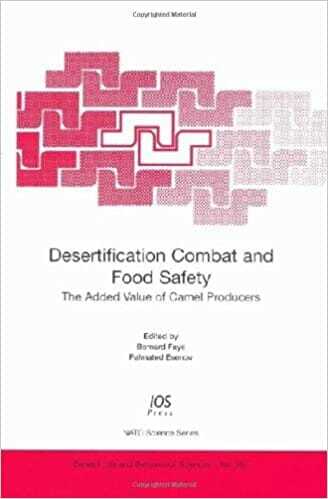
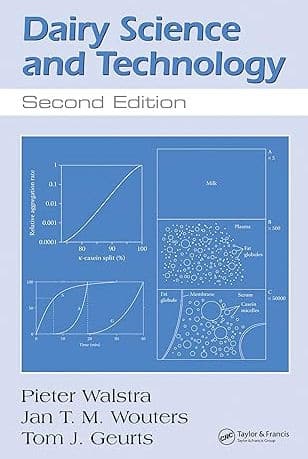
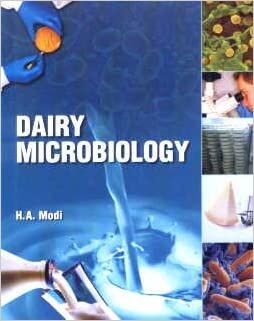
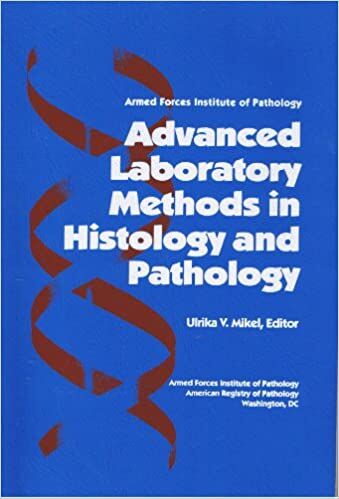
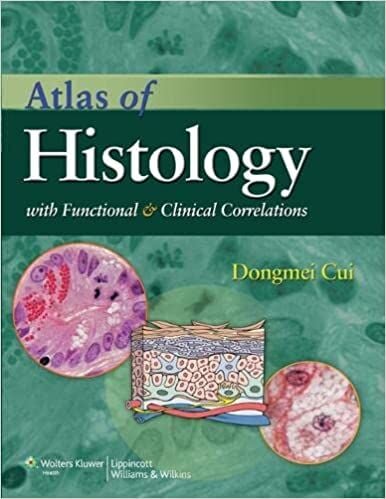
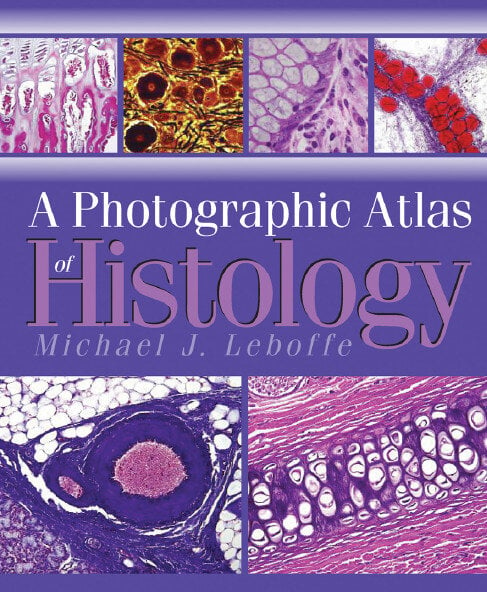
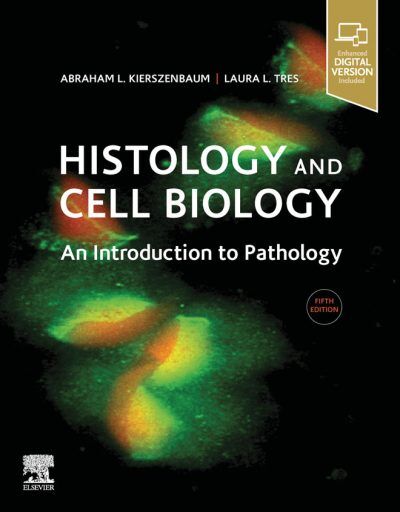
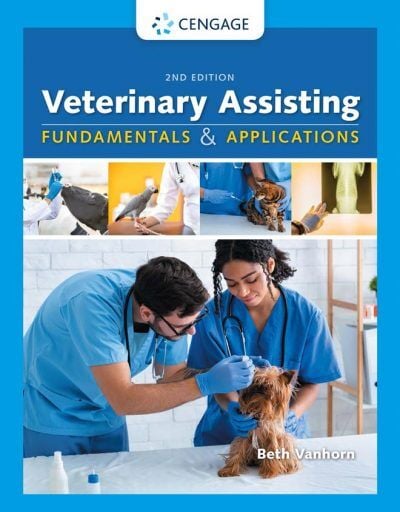
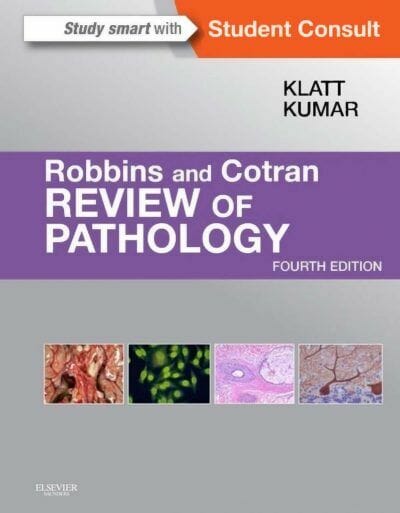




![Ettinger’s Textbook of Veterinary Internal Medicine 9th Edition [PDF+Videos] Ettinger’s Textbook of Veterinary Internal Medicine 9th Edition [True PDF+Videos]](https://www.vet-ebooks.com/wp-content/uploads/2024/10/ettingers-textbook-of-veterinary-internal-medicine-9th-edition-100x70.jpg)

![Textbook of Veterinary Diagnostic Radiology 8th Edition [PDF+Videos+Quizzes] Thrall’s Textbook of Veterinary Diagnostic Radiology, 8th edition PDF](https://www.vet-ebooks.com/wp-content/uploads/2019/09/textbook-of-veterinary-diagnostic-radiology-8th-edition-100x70.jpg)






